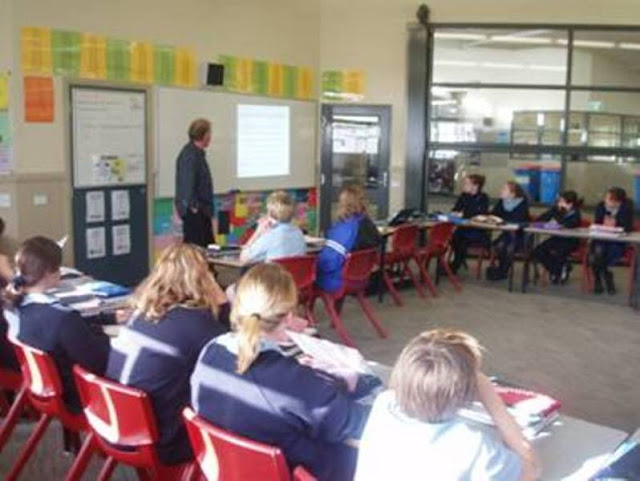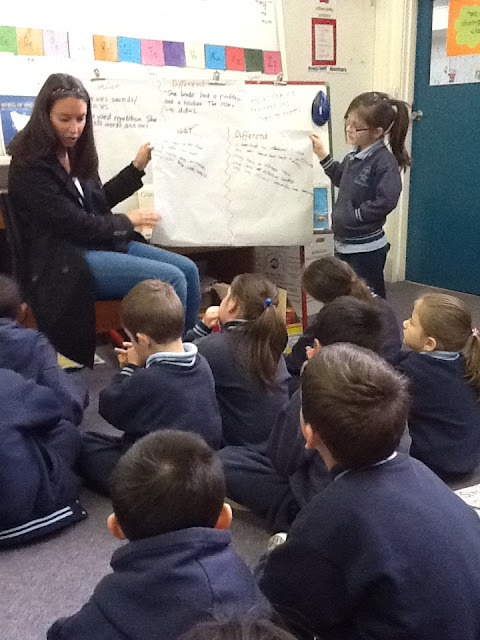The Architecture of The Writing Workshop
I continue to field questions concerning the structure, or
architecture of the writer’s workshop. Graduate teachers, teachers from other jurisdictions,
teachers returning from leave all seeking to know and understand the basics of
structure around the workshop.
So, let’s revisit this critical consideration:
Component
|
Purpose
|
What Happens?
|
Connection/tuning in/
|
To help students
make connections to previous work and to activate their prior knowledge.
|
Talk about how
this topic fits with the class’ previous learning and how it connects with
the student’s as both readers and writers
(Remember yesterday when we were discussing...?’)
|
Teaching/ Mini Lesson
|
To clearly or
explicitly show students how to do
something we’d like them to practice as writers.
To explicitly and
mindfully communicate the focus of the lesson
|
Demonstrate, explain
to students a strategy to try.
Retelling or
roleplaying something we’ve observed others doing. The time for gathering information from students or giving
information to students. The focus here may be on management of writing resources/behaviours, craft strategies, grammar/punctuation in context, routines, or writing processes (revision, editing, publishing, reflection).
|
Shared or directed practice.
(At the teacher's discretion)
|
To provide
students with the opportunity to quickly try the strategy or focus of the
mini lesson.
|
Students have a
go alone or with a partner while still in the group setting.
Students may talk
with a partner about their strategy or plan for the independent phase of the
workshop. It’s a chance to articulate their writing intentions.
|
Link/Independent writing/ Composing time
|
To help students transfer
what has been taught as the focus of the mini lesson. The 'independent' part
of the workshop where students practice their skills as writers
|
Clearly state
what you want to see the students doing in the independent part of the
workshop. (“When you are writing today
I want you to remember to try…)
You may also ask
students to conduct their own enquiry into an aspect of writing by examining
their own writing, or the writing of mentors.
After practicing
a particular strategy, student writers may choose to continue with their own
writing projects.
This phase takes
up the majority of the workshop time.
|
Follow-up/Share Time
|
To reinforce and
extend the focus of the mini-lesson
A time to tie the
learning threads together and identify what comes next.
|
At the end of the
workshop, gather students back together and share an aspect of the independent
part of the workshop. (“Who tried…? What did you discover about writing today?
What did you discover about yourself?
How did it work
for you? I saw --- trying this. What will you do next time?
May take place as
a group, with a partner. A chance to
give and receive feedback. A short, yet valuable teaching time.
|







Comments
Post a Comment